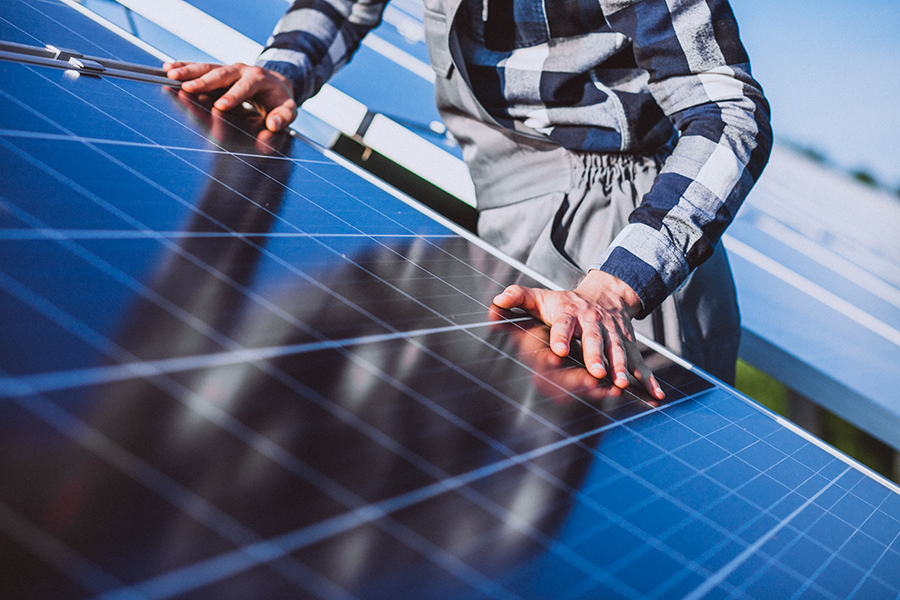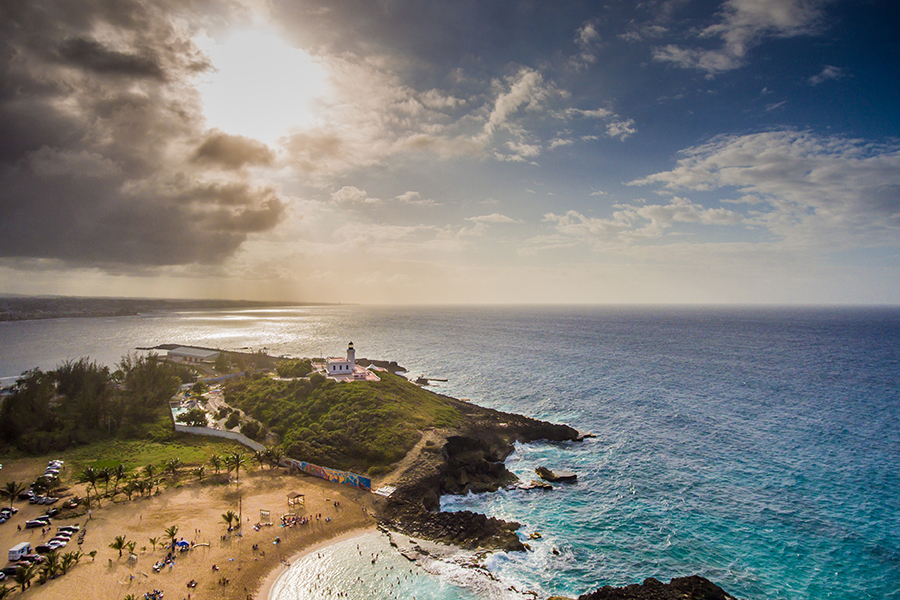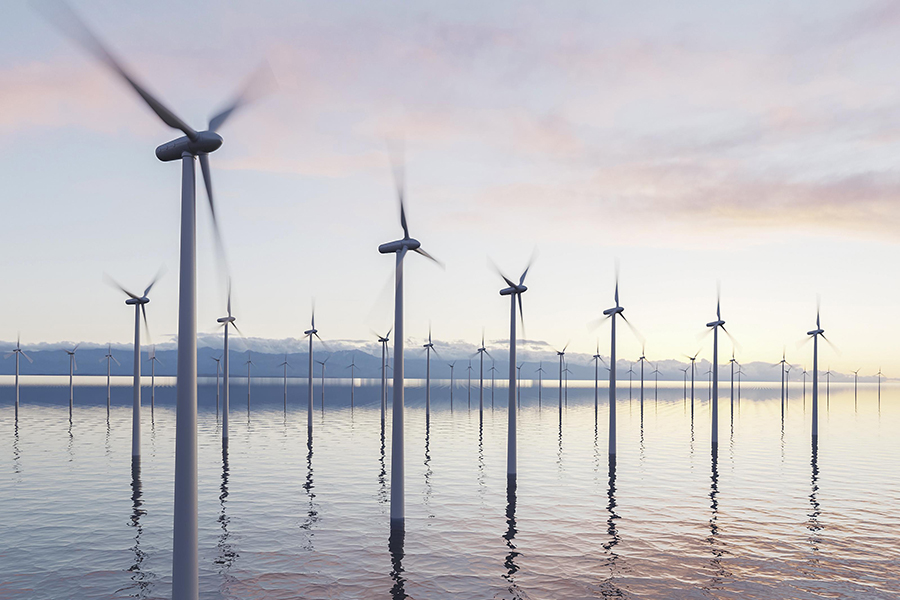Did you know that the garbage you throw out every day is a source of green energy? The gas naturally generated by landfills fuels vehicles and powers the electric grid, easing our dependence on fossil fuels and foreign oil.
“Landfill gas is a resource the waste and recycling industry is proud to reliably provide 24 hours a day, seven days a week,” says Sharon H. Kneiss, president and CEO of the National Waste & Recycling Association. “It’s renewable energy produced in America.”
How does it work?
Today’s modern landfills are highly engineered facilities run under strict federal and state regulations to ensure protection of human health and the environment.
When trash like grass clippings, banana peels and coffee grinds gets buried beneath a layer of soil in a landfill, it eventually breaks down and produces gas. Landfill operators safely collect this gas by applying a vacuum to collection wells throughout a landfill. The gas is then piped to a compression and filtering unit, where it’s prepared for use by power plants and others.
But how much energy is actually generated?
According to the U.S. Department of Energy, waste-based energy is the source of over 5 percent of America’s renewable energy – and there’s plenty of room to grow. In March 2015, the U.S. Environmental Protection Agency reported that 645 sites had landfill-gas-to-energy programs (in every state except Hawaii and Wyoming). The EPA has identified an additional 440 landfills as expansion candidates.
Landfill operators are also starting to generate energy beyond gas by placing solar panels and windmills on landfills. The power produced can be fed into local electric grids for local homes and businesses.
Today, a landfill is designed from the start to protect the environment and public health. Later, it provides benefits even when it closes. Once a landfill has reached its permitted capacity, it is closed and engineered to keep water out by installing a cap made of clay or a synthetic material. A drainage layer, a protective soil cover and topsoil are then added to support plant growth.
These spaces are transformed into parks, golf courses, wildlife refuges and other places that can be enjoyed by the entire community.






